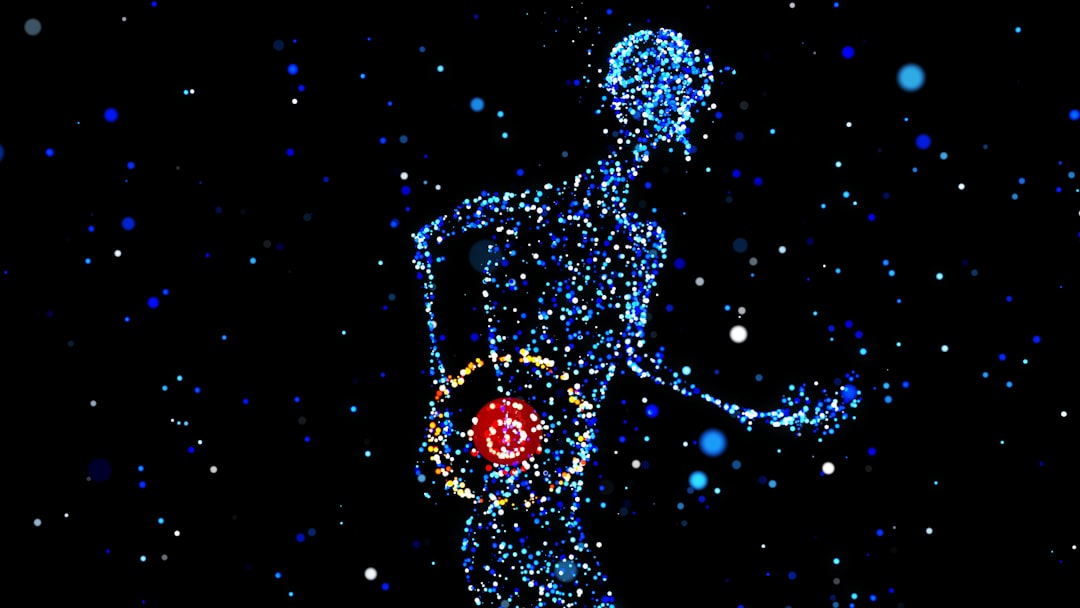What is it about?
Many animals have two different sex chromosomes. The sex with two different sex chromosomes is the heterogametic sex. For instance, the heterogametic sex in humans is male with the X and Y chromosomes, but this sex is female in butterflies with the Z and W chromosomes. In 1922, JBS Haldane showed that interspecific hybrids of the heterogametic sex are more likely to be sterile or lethal than the homogametic hybrids, an empirical phenomenon later called "Haldane's rule." Why Haldane's rule is a robust phenomenon has puzzled geneticists for a century. Empirical studies on defects in hybrid males show that it could be due to recessive genes on the X chromosome, but few studies have addressed the mechanism of Haldane's rule in hybrid females. This study maps hybrid defects in two butterfly systems. It shows that female defects are explained by many factors on the Z chromosome in an imbalance with other autosomal factors. These factors have small individual effects, but when combined they cause significant defects. However, the theory of recessive genes does not explain the genetic pattern of Z-chromosome factors in butterflies.
Featured Image

Photo by Zdeněk Macháček on Unsplash
Why is it important?
The significance is two-fold. First, this study presents a new genetic mechanism for Haldane's rule based on an imbalance of multiple factors between the sex chromosome and autosomes, and it shows that the theory of recessive genes is insufficient in explaining Haldane's rule in butterflies. This mechanism also naturally predicts a disproportionately large role of the sex chromosome in causing hybrid defects. Second, this study mathematically shows that multiple factors scattered across a single chromosome may appear as a single large-effect locus in genetic analysis. Many empirical studies ignore this statistical mirage and may have misinterpreted a multi-factor system as a single locus.
Read the Original
This page is a summary of: A polygenic explanation for Haldane’s rule in butterflies, Proceedings of the National Academy of Sciences, October 2023, Proceedings of the National Academy of Sciences,
DOI: 10.1073/pnas.2300959120.
You can read the full text:
Contributors
The following have contributed to this page










